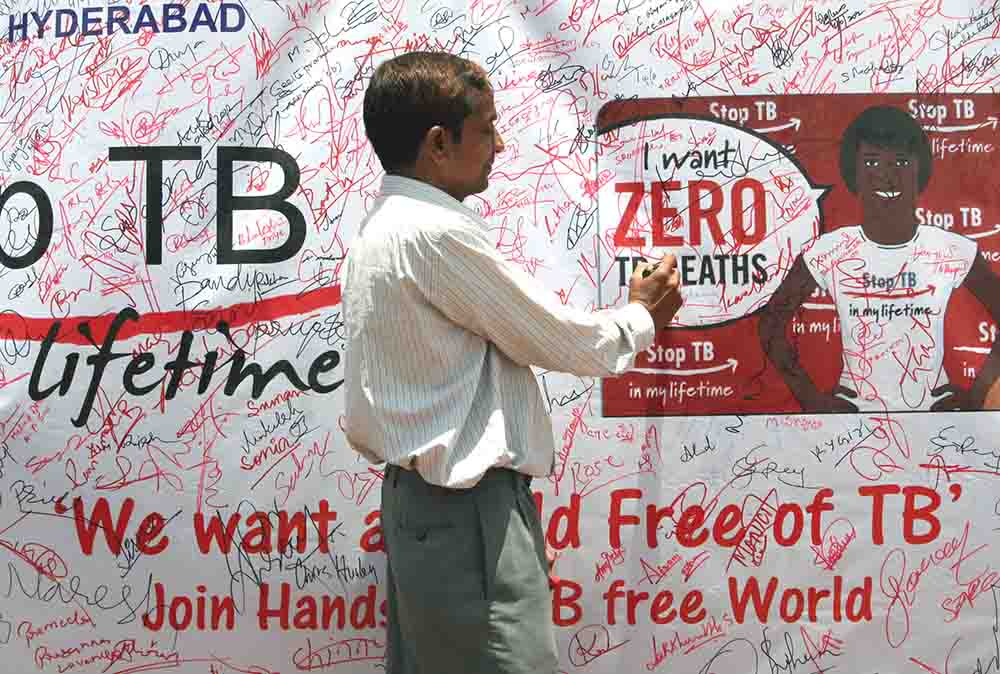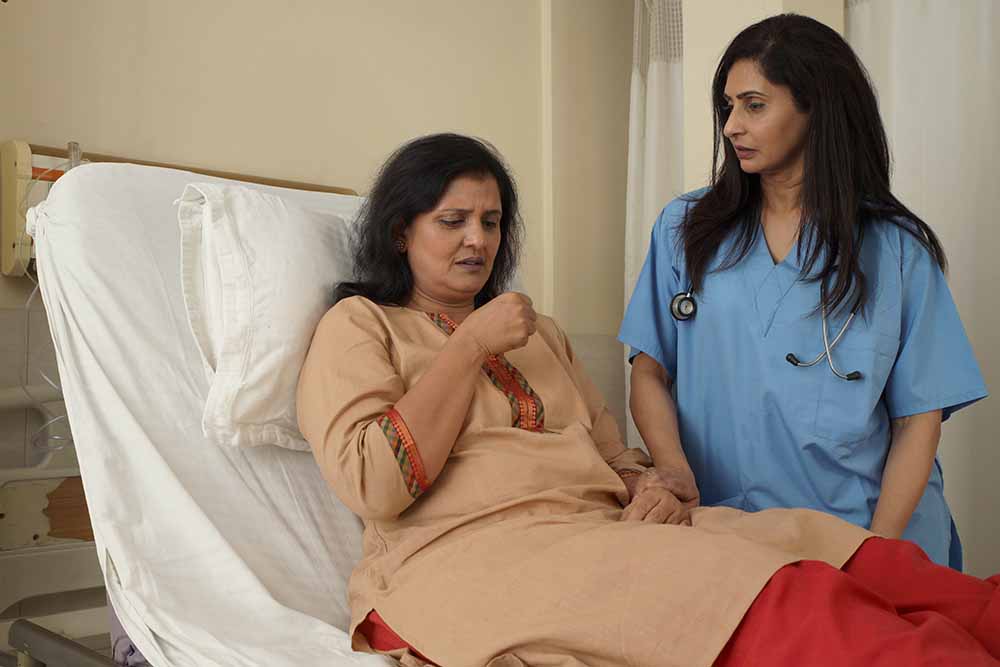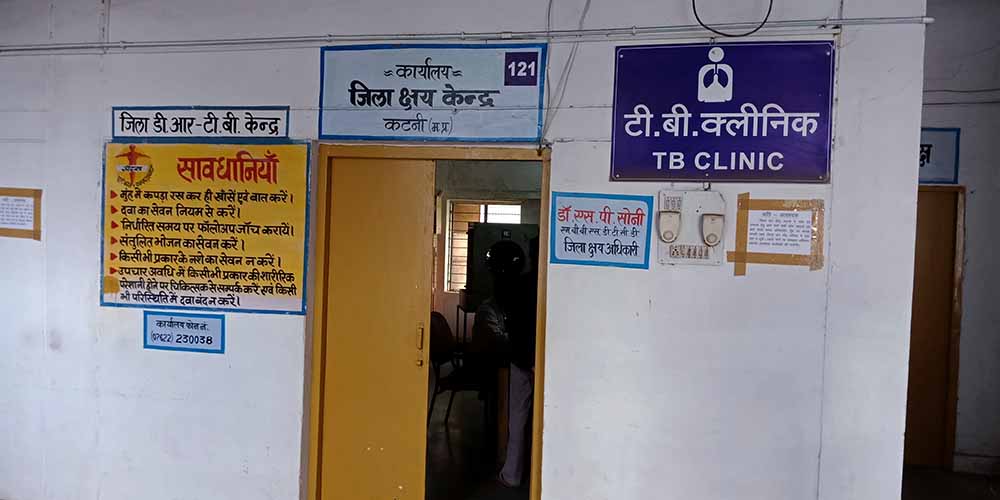Tuberculosis (TB) remains a global health concern, ranking among the top 10 causes of death worldwide, according to a 2020 report by the World Health Organisation. It is an airborne illness, similar to the common cold and flu in its mode of transmission. When an individual with active TB disease coughs, sneezes, or speaks, they expel droplets into the air containing TB bacteria. These bacteria can then be inhaled by those in close proximity.
India accounts for 27 per cent of the total TB cases in the world, according to the recently released Global TB Report 2023 by the World Health Organisation.

Understanding the dynamics of TB transmission and the importance of preventive measures is crucial in curbing its spread and reducing its impact on communities worldwide.
Upon inhalation, TB bacteria can settle in the lungs and begin to proliferate. However, the majority of individuals exposed to TB bacteria do not develop an infection, as their immune systems typically combat the bacteria effectively.

In cases where infection does occur, most individuals develop latent TB. In latent TB infection, the bacteria remain inactive for extended periods without demonstrating any symptoms. Those with latent TB do not experience illness and cannot transmit the infection to others.

The transmission of TB is most likely to occur in settings where individuals spend significant time together, particularly in poorly ventilated environments. Individuals may face an increased risk of contracting TB if they have close contact with a family member or colleague who has active TB disease.
As per the WHO report, when TB bacteria enter the body, one of two outcomes can occur: either the body's immune system successfully eliminates the bacteria, or it contains the infection. However, in cases where the immune system is compromised, such as in individuals living with HIV, those with diabetes, or those undergoing certain medical treatments, the risk of TB infection becoming active increases significantly.

TB Preventive Treatment (TPT) emerges as a powerful tool in preventing the progression of the TB disease, particularly after exposure to the TB bacteria. Similar to fireproofing a house before a fire occurs, administering TPT aims to protect individuals from developing active TB infection, even when they are not currently ill.
Identifying individuals who would benefit most from TPT is essential for effective implementation. According to the World Health Organization (WHO) TPT Guidelines 2020, several key groups are prioritised for TB preventive treatment. These include:
- People living with HIV (PLHIV): Individuals with HIV are at a heightened risk of developing TB due to their weakened immune systems. TPT can significantly reduce the likelihood of TB infection progressing to active disease in this vulnerable population.
- Close contacts of TB patients: Those who have been in close proximity with individuals diagnosed with TB are at increased risk of exposure to the TB bacteria. Administering TPT to this group helps prevent the development of TB disease.
- Adults, adolescents, and children of all ages: TB can affect individuals across age groups, but children under the age of five are particularly vulnerable to TB infection. Implementing TPT strategies for this age group is crucial in safeguarding their health.
